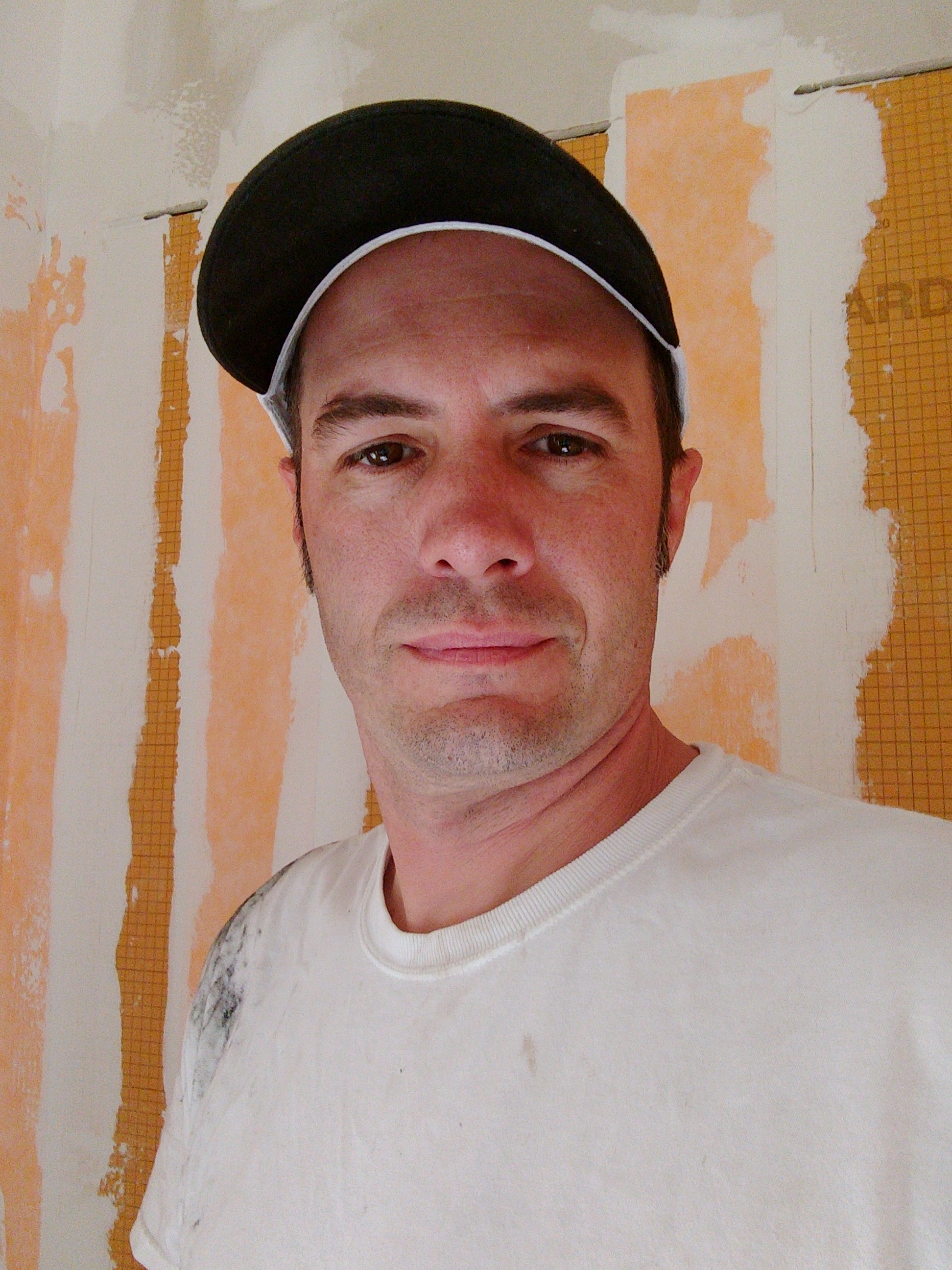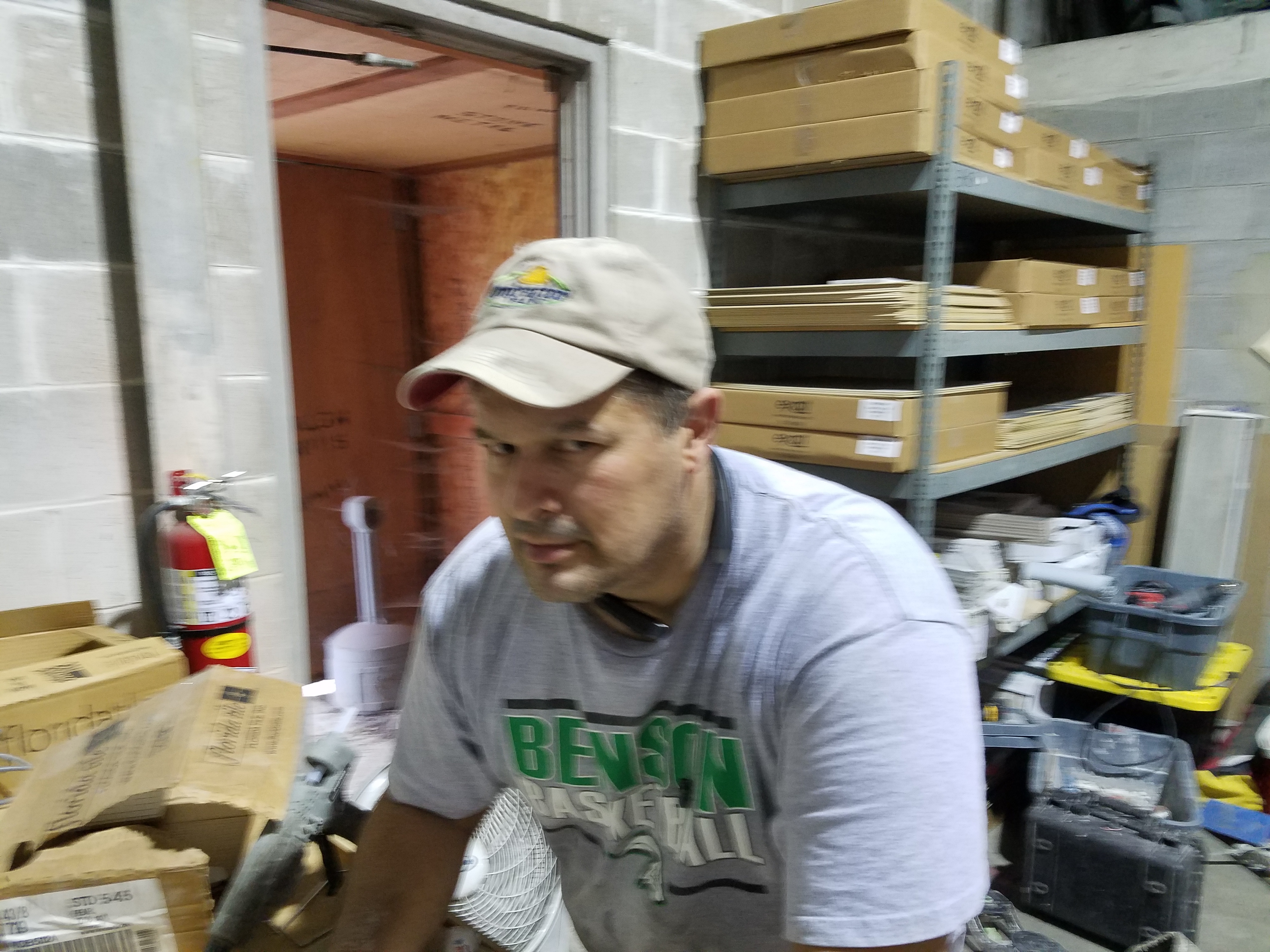On August 22 on the NTCA Members Only Facebook page, NTCA Member Steve Rausch posted a question about the use and perspective on product and installation standards. A lively conversation among installers, manufacturers and consultants ensued. Here’s a summary of these comments. What’s YOUR opinion? Send it to [email protected], and we can continue the discussion.






Are they perfect? No. Are they better than nothing? Heck yes.
We make products for industries with little/no standards. Believe me there are some snake oil salesmen in the world. Standards are good.




With all that being said, I recently installed some subway tile manufactured in America with the “meets ANSI standards” mark and it was some of the worst tile I’ve worked with in a long while so I guess these standards are not foolproof or perfect. Still much better than nothing.
Dave Gobis That is a good example of how you could have put them to work. You have recourse if they say it meets a standard and it doesn’t. Going to look at one of those Friday.




Like the standards, the above sentence says exactly what I wanted it to exactly the way I wanted it said.
They are written in a specialized format that pose a barrier to many trying to understand.
It has just occurred to me that a truly beneficial course that the NTCA could add to its NTCA University would be one that covers, “history and intent,” “submitting and approval processes” and finally, “how to read and understand a TCNA subsection.” Use B 415 as the class example. A second course on covering the same topics on ANSI (I would pick A118.1) would be equally beneficial. As an added bonus people would learn about traditional shower assemblies and dryset cement mortar.
Dave Gobis I have never thought or considered it a specialized format. I used to do in-depth explanations at CTEF and was constantly requested to lighten it up. For it to make the greatest amount of sense requires a history lesson along with the explanation. There is a reason for all of it.


Dave Gobis To that I add that ANSI has specific language that has to be used from both a format and legal perspective. I remember years ago spending hours on discussion of using the word should or shall. The document is always going to sound stiff.


Dan Marvin For those of you not familiar with Chris Walker, you all owe him a debt of gratitude. As the head of ANSI A108, he’s a tireless advocate of writing clear standards that work for the industry and not against it. It’s been my privilege to work alongside him for many years now. His point is a good one, standards aren’t just a written set of instructions, they are also a legal document. When things go wrong, every word is hotly debated and can have very real consequences.
Steve Rausch I posted this EXACT post on multiple social media sites, the diversity of comments are amazing. The folks who have been trained and educated about our industry most all made positive comments about standards and their need in our DAILY business. The comments from folks who aren’t formally trained are overwhelmingly negative about the only purpose of standards are to “beat down” workers. This has been a very interesting experience and experiment to convince me we still need a HUGE OUTREACH in our industry to train more folks. I’m planning to pose the question soon, on these same outlets, as to what will incentivize folks to become better trained.
Editorial Director and Senior Writer for TileLetter and TileLetter ARTISAN
Lesley Goddin has been writing and journaling since her first diary at age 11. Her journey has taken her through a career in publishing and publicity, landing her the editor position of TileLetter and its special publications in 2006. Her goal is to educate, inspire, recognize and encourage those in the tile industry -- especially the tile and stone contractor.








